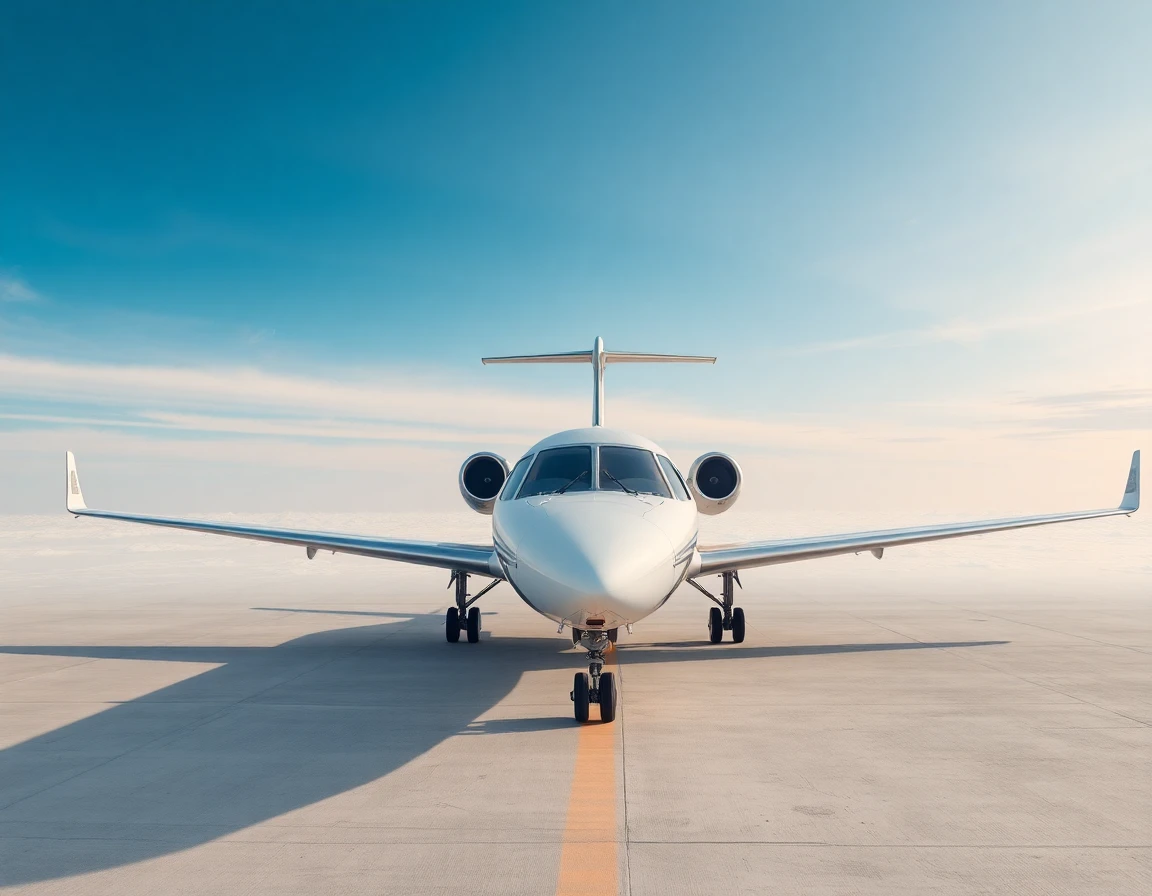In recent weeks, the aerospace and defense sectors have witnessed remarkable advancements that promise to reshape the future of aviation. From cutting-edge autonomous flight technologies to sustainable propulsion systems, the developments underscore a growing emphasis on innovation and environmental stewardship in the industry. This article delves into key advancements, highlighting their implications for both military and commercial aviation.
Autonomous Flight: A New Frontier in Defense Applications
Joby Aviation has made significant strides in the realm of autonomous flight with the successful demonstration of its Superpilot™ technology during the U.S. REFORPAC 2025 defense exercise, conducted over the Pacific Ocean and Hawaii. The technology, integrated into a Cessna Caravan 208, showcased its ability to perform complex missions with precision, thus supporting contested logistics and high-risk deliveries. This milestone not only signifies a leap forward in autonomous capabilities but also reflects the military’s increasing interest in leveraging such technologies to enhance operational efficiency and mitigate risks to personnel.
“Autonomous systems are revolutionizing military logistics and operational capabilities,” stated a Joby Aviation spokesperson. “By integrating our Superpilot technology, we can ensure missions are conducted with unmatched precision and safety.”
Moreover, the integration of advanced navigation systems, including precision accelerometers and quartz MEMS gyroscopes, is critical for ensuring the accuracy and reliability of these autonomous platforms.
Sustainable Propulsion Technologies: Paving the Way for Eco-Friendly Aviation
As the aviation industry grapples with environmental challenges, startups like JetZero are at the forefront of developing sustainable propulsion technologies. JetZero is advancing its blended wing body (BWB) aircraft design by exploring a liquid-hydrogen-fueled variant in collaboration with SHZ Advanced. This initiative aims to create cryogenic-fueled aircraft, aligning with the broader industry push towards sustainable aviation fuels and zero-emission systems.
The upcoming Aerospace Test & Development Show 2025 will highlight the importance of testing challenges associated with hybrid-electric, eVTOL, and hydrogen propulsion systems. As the industry gears up for this event, it is clear that sustainable aviation is no longer a distant goal but a present-day imperative.
Hypersonic Flight Testing: Pushing the Boundaries of Speed
The aerospace community is also focusing on hypersonic flight testing, a critical area for the development of next-generation aircraft and missile systems. The August/September 2025 issue of Aerospace Testing International discusses ongoing efforts to manage extreme heat and pressure conditions encountered during hypersonic testing. These advancements are essential for ensuring the structural integrity and performance of future high-speed vehicles, which will necessitate robust environmental testing and instrumentation.
For instance, innovative technologies such as the ZQXXSGDSS System, which features high-performance single-tube PIN quadrant detectors, play a vital role in tracking and managing these high-stakes flight tests.
Enhancing Defense Capabilities: Countering Emerging Threats
The U.S. Army has recently demonstrated the AH-64E Apache helicopter’s counter-unmanned aerial system (C-UAS) capabilities. This showcase highlighted the helicopter’s ability to detect, track, and neutralize drones, revealing the increasing necessity of integrating sophisticated sensor and defense systems into existing platforms. As threats from unmanned systems grow, the importance of advanced sensor modules, such as the Advanced Sensor Module with exceptional motion sensing capabilities, cannot be overstated.
The Future of Urban Air Mobility: eVTOL Air Taxis
Looking towards the future, the FAA’s Innovate28 blueprint anticipates that electric vertical takeoff and landing (eVTOL) air taxis will achieve operational scale by the time of the 2028 Los Angeles Olympic Games. This ambitious projection is part of a broader trend toward urban air mobility solutions, which aim to revolutionize short-range passenger transport. The integration of JDWDG070 System analog MEMS accelerometers will be crucial in ensuring the stability and reliability of these urban air mobility solutions as they become a staple of modern transport.
Conclusion
As the aerospace and defense industries continue to innovate, the advancements in autonomous flight technology, sustainable propulsion, hypersonic capabilities, and urban air mobility are setting the stage for a transformative era in aviation. These developments not only promise to enhance operational efficiency and safety but also reflect a commitment to environmental sustainability. With key events like the Aerospace Test & Development Show 2025 on the horizon, stakeholders will be keenly observing how these technologies evolve and integrate into the fabric of modern aviation. The future of flight is not just about achieving speed but also ensuring safety, efficiency, and environmental responsibility.
References
-
In this issue: August / September 2025 (www.aerospacetestinginternational.com) - 9/3/2025 The August / September 2025 issue of Aerospace Testing International is available to view online now! This issue is packed full of of news, …
-
Industry News Archives (aiaa.org) - 9/3/2025 Spaceflight Now reports SpaceX continued its blistering pace of orbital launches with its ninth and final Starlink launch of August.
-
Joby Completes Landmark U.S. Defense Exercise with … (www.jobyaviation.com) - 9/3/2025 Joby conducted a successful demonstration and validation of its SuperpilotTM autonomous flight technology over the Pacific Ocean and Hawaii.
-
Your guide to the Aerospace Test & Development Show 2025 (www.aerospacetestinginternational.com) - 9/3/2025 Your guide to the Aerospace Test & Development Show 2025 · WHEN: September 30 –October 1, 2025 · WHERE: MEETT Toulouse, Hall 7, Concorde Avenue, …
-
The Week In Technology, Sept. 1-5, 2025 (aviationweek.com) - 9/2/2025 The Week In Technology, Sept. 1-5, 2025 is available to both Aviation Week & Space Technology and AWIN subscribers. Subscribe now to read this …



